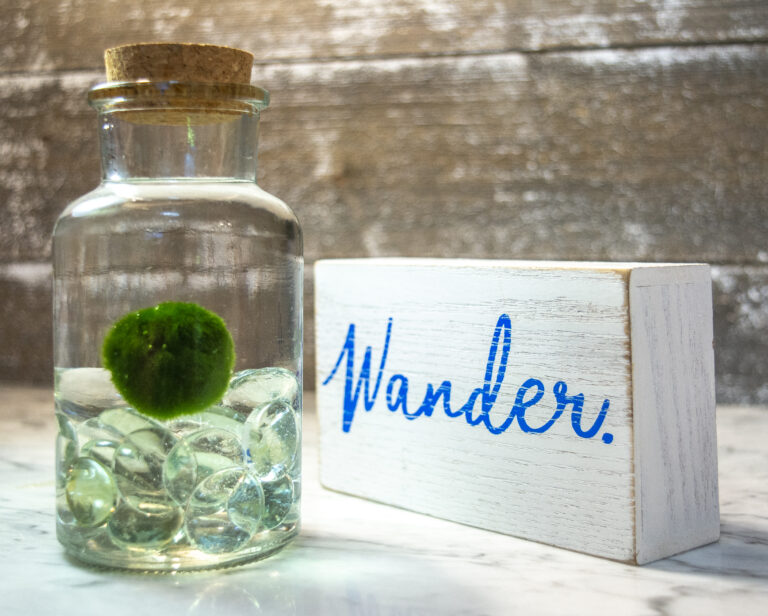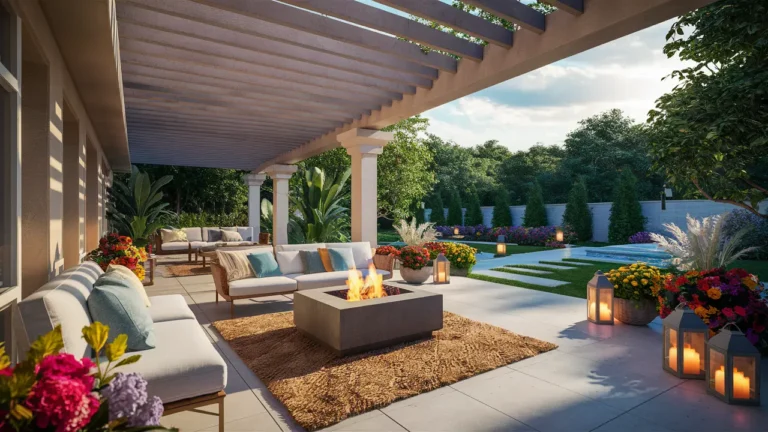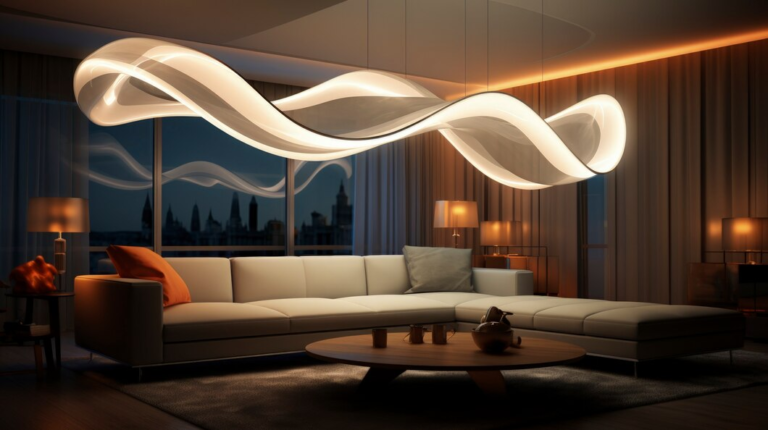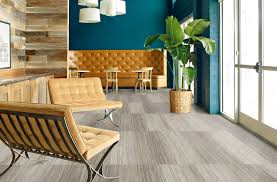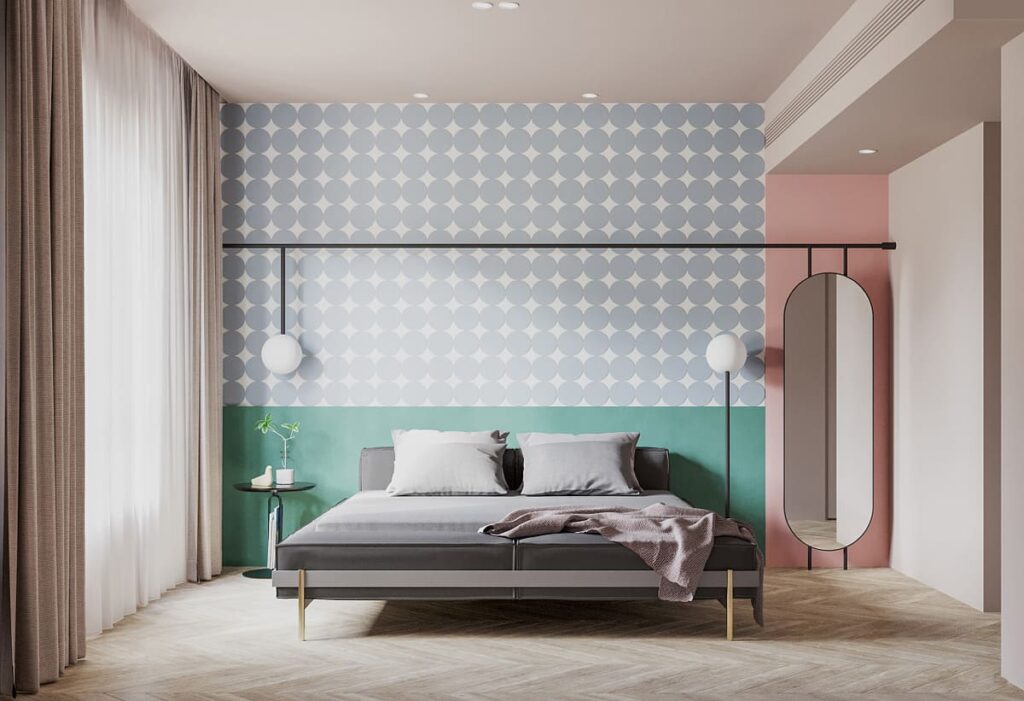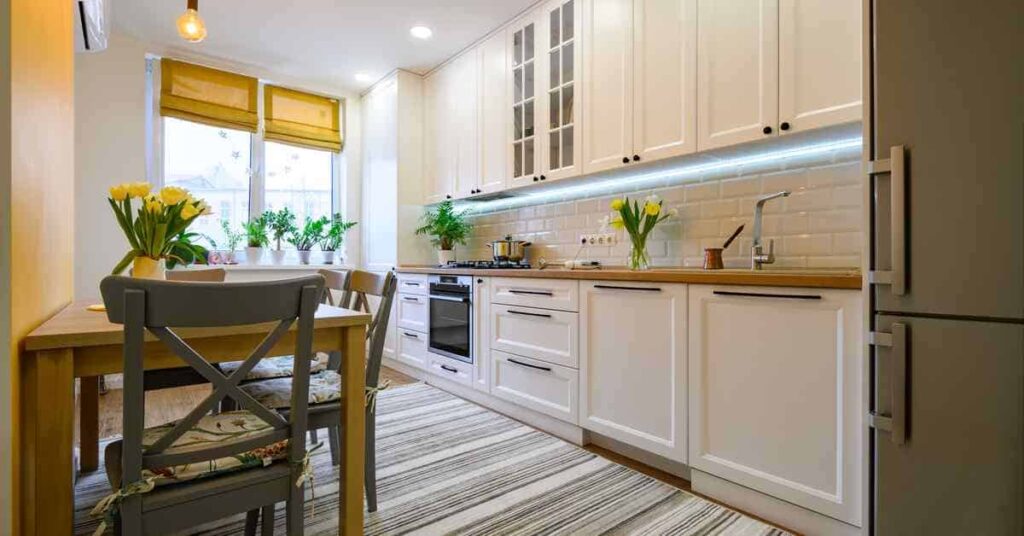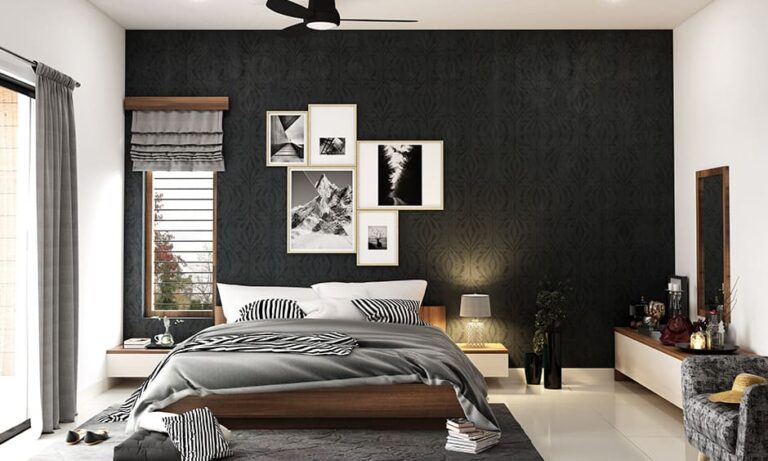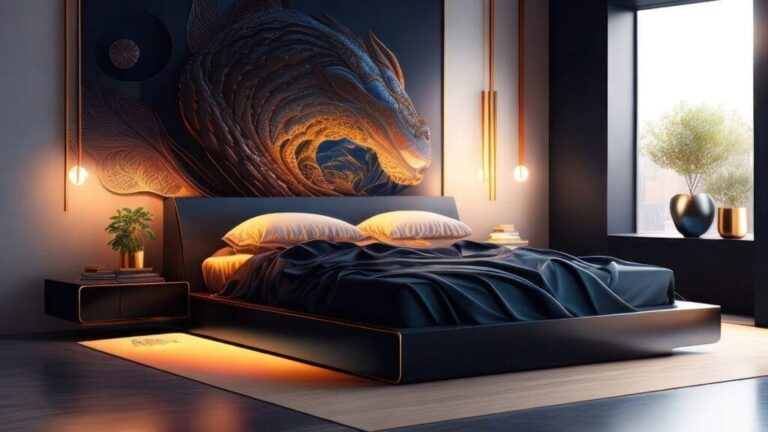Mid-century modern design remains one of the most celebrated styles in architecture and interior design. Renowned for its clean lines, organic forms, and seamless integration of indoor and outdoor living. A crucial element of this iconic style is the flooring. Which not only grounds the aesthetic but also enhances the minimalist and functional characteristics that define the era. Whether you are renovating a true mid-century property or simply want to infuse some of its timeless appeal into your home. Understanding the characteristic flooring options of the period is essential. Here’s a guide to the iconic flooring styles that epitomize mid-century modern design.
1. Terrazzo
Terrazzo floors are synonymous with mid-century modern design, particularly in public and commercial buildings. This composite material, made from chips of marble, quartz, granite, or glass embedded in concrete and polished to a high sheen. Offers a durable and aesthetically flexible flooring solution. Its seamless finish and the ability to incorporate various colors and patterns align perfectly with the mid-century ethos of combining form and function.
2. Polished Concrete
The use of polished concrete floors in residential settings gained popularity during the mid-century period, favored for its sleek. Smooth surface that complements the clean lines of mid-century architecture. Its reflective quality helps to brighten spaces and works well with underfloor heating systems, a modern addition that enhances this traditional material.
3. Vinyl Flooring
In the mid-century era, vinyl flooring was celebrated for its versatility and was often used in kitchens and bathrooms. The original vinyl flooring often featured bold geometric patterns or vibrant colors that matched other mid-century aesthetics. Today, modern vinyl flooring offers improved textures and a vast range of designs, making it a practical choice for those seeking durability and style.
4. Linoleum
Similar to vinyl, linoleum is a resilient flooring option that was popular in mid-century homes. It is made from natural materials, including linseed oil, cork dust, and wood flour. Making it environmentally friendly—an aspect that’s gaining renewed appreciation today. The material’s ability to cut into tiles or used in sheets offers a variety of design options. From solid colors to intricate patterns that mimic everything from abstract art to checkerboards.
5. Cork
Cork flooring, known for its sound-dampening qualities and soft texture, was another staple in mid-century modern design. Its natural warmth and comfort underfoot make it ideal for living areas and bedrooms, and its subtle, earthy appearance harmonizes with the mid-century’s emphasis on bringing natural elements indoors.
6. Slate and Stone
Natural stone like slate was a popular choice for entryways, patios, and other transitional spaces in mid-century homes. Its durability and natural variation in color and texture provide an organic, grounding element that contrasts beautifully with more refined interior elements.
7. Hardwood
While hardwood floors are a timeless choice suitable for many design styles, in mid-century modern homes, they were often laid in simple, straight planks that showcased the natural beauty of the wood. Species like oak, teak, and walnut were popular for their warm colors and minimal grain, contributing to a clean, streamlined look.
Conclusion
Mid-century modern flooring is characterized by its blend of practicality, comfort, and aesthetic appeal. These flooring options not only pay homage to the architectural advancements of the mid-20th century but also offer timeless solutions for contemporary living. By choosing materials that reflect these classic styles, you can bring a touch of mid-century elegance to any space. Creating a home that is both stylish and welcoming. Whether restoring a period property or incorporating mid-century modern elements into a new build. The right flooring can make all the difference in achieving authentic and appealing results.

